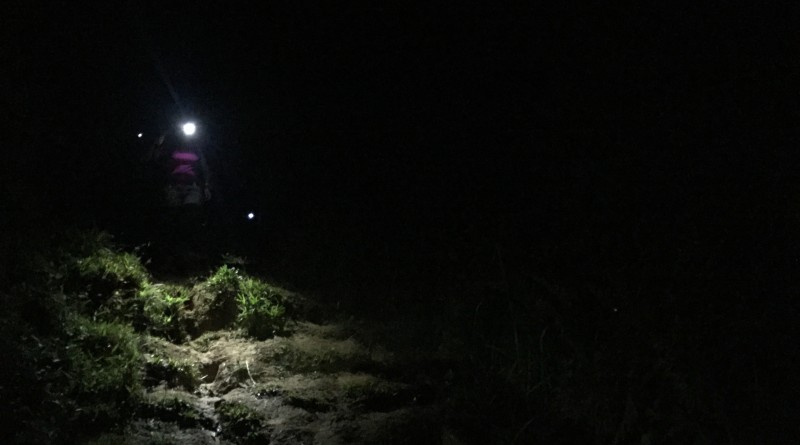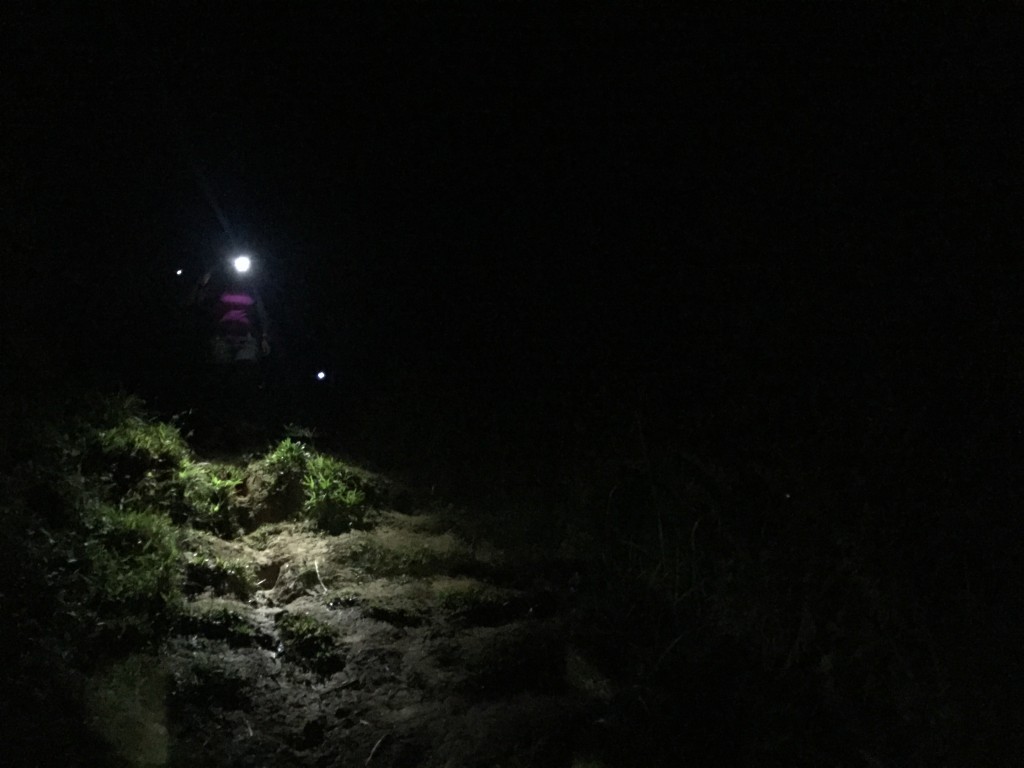How to take a dump outdoors
by Gideon Lasco
I still remember the first time I took a dump outdoors -it was in 2007, in Mt. Hibok-Hibok. During my very first major hikes I resisted the idea of taking a dump outdoors at all, and decided to just hold it off for as long as I can. Anyway, my hikes then were mostly overnighters and dayhikes – I thought that could always do it in the morning of Day 1, and then the evening of Day 2. Or, the morning of Day 1 then the evening of Day 3, technically skipping just a day without doing this diurnal habit. Of course, for me this is no longer something to think of, and is just a routine part of any hiking trip.
Why am I even mentioning this? My point is that sooner or later, any hiker will inevitably have to take a dump outdoors. Unfortunately, it seems that many are woefully uneducated about how to do it properly, as Sky Biscocho pointed out in a recent Facebook post:
To all mountaineers….isang advice lang bago ako matulog KAPAG NASA BUNDOK TAYO UGALIIN NATIN NA MAG HUKAY SA ATING PAG DUMI AT TABUNAN -ito ay isang nakakaligtaang gawi na di dapat malimutan, sa ganitong paraan makakatulong ito na mawalan ng amoy ang campsite na kinatatayuan kadiri man sabihin pero ito ang aking na obserbahan sa nowadays mountaineers’ sorry pero marami sa inyo ang ganito……… so tandaan isa ito sa mabuting gawi na dapat ginagawa ng isang responsible mountaineer.
So how should it be done properly?
First, choose a “dump site” that is about 60 meters away from any water source, body of water, campsite, or trail. Make sure that it is highly unlikely for anyone to go there. Go for loamy soil vs. sand, gravel, clay, or other unsuitable soils. Make sure that there are no noxious plants in the site – you don’t want your butt to get intimate with lipa leaves!
Second, using a trowel or an improvised tool, dig a hole that is at least 6-8 inches deep. Be mindful that you will use the soil that was dug out to cover the poop afterwards.
Third, squat properly and precisely – make sure that your pants and clothes are far enough from “ground zero”. Actually, the squatting position is physiologically conducive to this kind of endeavor and you should not be in that position for a long time.
Minimize the use of toilet paper or wet wipes. Some actually use certain kinds of leaves, rocks, or even snowballs to wipe their butts – but this really depends on where you are. If you will use tissue paper or wet wipes, it is recommended that you pack them out together with the rest of your trash, separately sealed using a ziplock or a plastic container.
Finally, bury your poop using the soil you dug up. Don’t bury any plastics or trash together with your poop. You can mark your site with a stick or some stones to prevent someone else digging in the same area.
(Note: In some situations, one must poop in a plastic bag or a container, and bring it down the mountain yourself. This is because there is simply no suitable “dump site” – there is no soil – as in the high camps of Mt. Aconcagua. In other situations there are latrines for this purpose – I’ve used these in Kilimanjaro and in the Himalayas. Don’t hesitate to ask your local guides or contacts about what the best/customary practices are in that area.)
If you’re just starting to hike, don’t hesitate to ask the advice of your more experienced companions in choosing your site. If you don’t have a trowel, borrow one from your groupmates or from other hikers, or improvise using your trekking pole, fallen sticks or stones. Don’t take shortcuts, and absolutely don’t make the error of taking a dump along the trail or very near the campsite.
In short: Leave no trace.




Leave a Reply
Be the First to Comment!